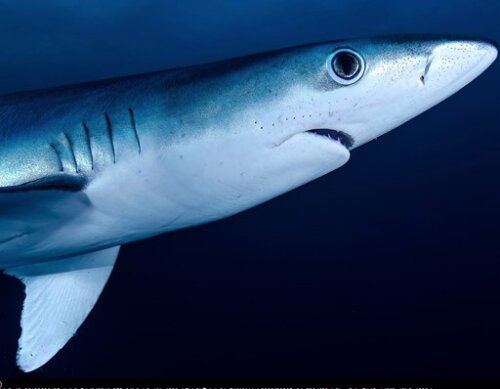Promoter: Sam Van Wassenbergh

Co-promoter: Gudrun De Boeck
Supervision: Shamil Debaere
Subject: Sharks are generally slightly negatively buoyant as they do not have a swim bladder. They are thought to make use of lift forces due to flow over their body in addition to generating upward thrust by body and tail fin undulation. Lift forces can be generated by flow over the body as well as over the pectoral fins held at a favorable angle of attack during upward swimming. For benthic species, lift generated close to the bottom also helps to hover over the sea floor. In this project, you will evaluate the relative importance of contributions from body and pectoral fins to overall lift, and how the efficiency of these structures compares in terms of minimizing drag. Specialized benthic species can also be compared to pelagic species. You will make use of anatomically realistic 3D surface reconstructions of sharks that are published in online databases. You will work with professional 3D-mesh manipulation software to prepare these scans for analysis using Geomagic software, and perform computer simulations (computational fluid dynamics) of water flows over the shark using Ansys Fluent software.